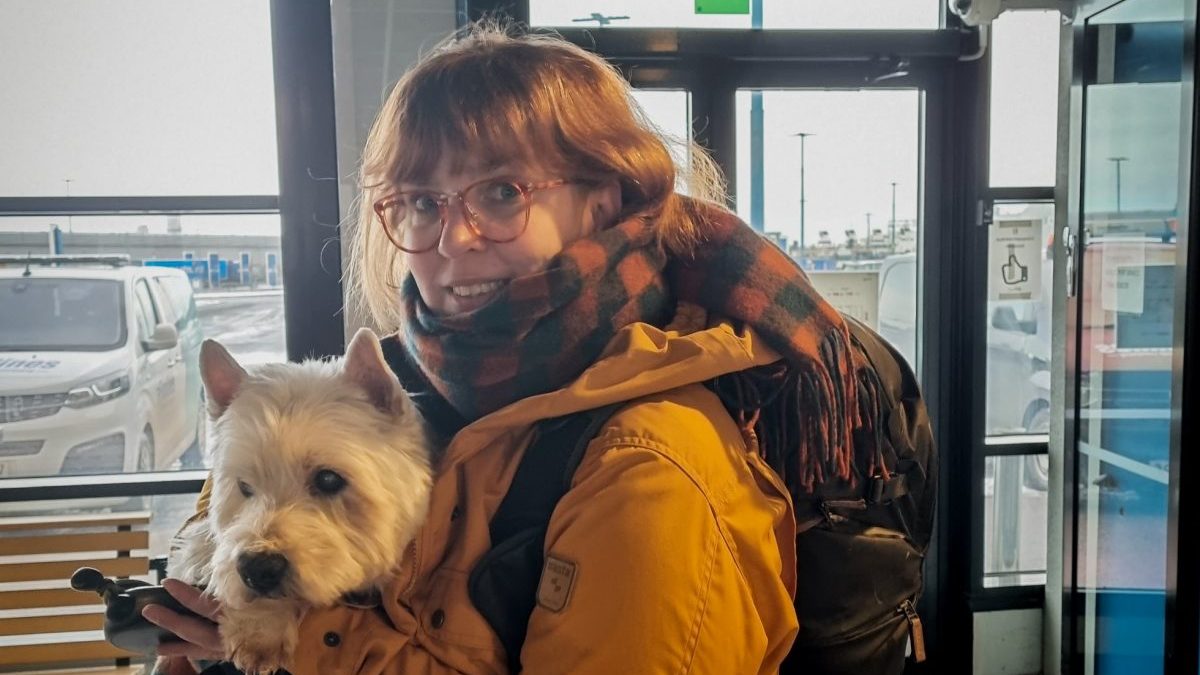A sleeper train to Istanbul, Britain’s northernmost railway and Montenegrin seasides are among the highlights
Since 2023, I’ve clocked up over 25,000km by train across Europe – roughly the equivalent of travelling halfway across the globe. These slow, sprawling journeys took me from the Baltic Sea to the Bosphorus and from near Arctic latitudes to the sunny shores of the Atlantic.
My motivation for these Grand Tours is both environmental and personal. In the past, I spent six years not flying while simultaneously trying to make ends meet as a travel journalist: long-distance travel by train and road became a way to explore sustainably while still covering a lot of ground. On a personal level, I also enjoy the rhythm of slow travel – the shifting landscapes, the freedom to connect multiple stories into one journey and the sense of adventure that comes with crossing borders by rail.
My first big train journey in 2023 was a winter escape from Helsinki to Lisbon and back, with sunlit Portugal feeling like a well-deserved reward. The second was a more ambitious route from Finland to Istanbul, winding through the Balkans by train and bus – a region whose beauty and complexity left a lasting impression. The third, this winter and spring, took me from the Finnish coast to southern Spain, with a detour to the Scottish Highlands.
Of all these journeys – each about two months long – a few stretches stand out for the scenery, the sense of adventure or the way they stitched cities together. These are the ones I’d travel again in a heartbeat.
The Baltic capitals 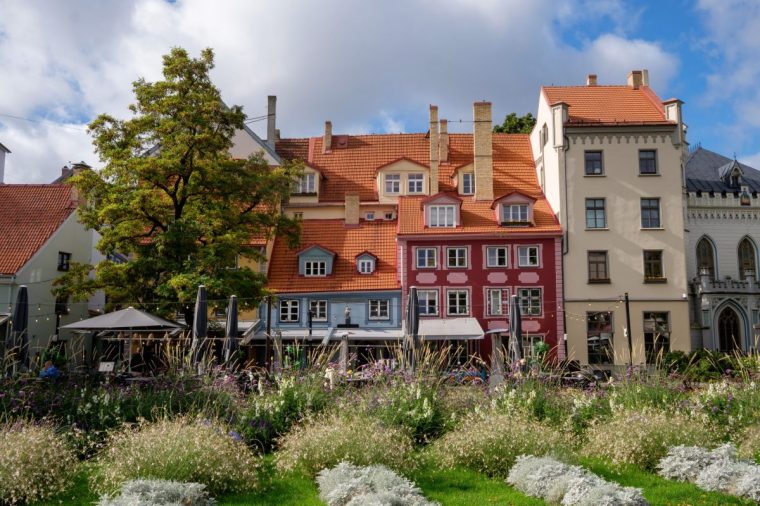 Riga’s old town adds to its charm (Photo: Getty)
Riga’s old town adds to its charm (Photo: Getty)
A great way to explore the Baltic capitals is by rail – especially since a new direct train line connecting Tallinn, Riga and Vilnius started running in February. Now, travellers can journey quickly between the three capitals (the total length of the tracks is 789km) without switching buses or relying on patchy cross-border connections. The route offers a relaxed way to experience the charm of each Baltic capital city, from Tallinn’s medieval Old Town and Riga’s Art Nouveau architecture to Vilnius’s Baroque style beauty – and the delicious culinary scene simmering up here.
Far North Line, Scottish Highlands 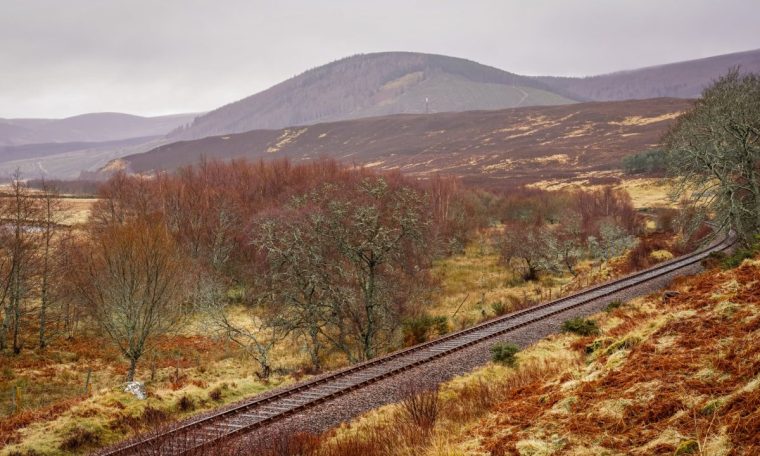 The Far North Line offers views that demand quiet observation (Photo: Paula Hotti)
The Far North Line offers views that demand quiet observation (Photo: Paula Hotti)
This is not just a train journey, but a gentle drift into the remote edges of the rail map. The Far North Line, Britain’s northernmost railway, runs from Inverness to Thurso and Wick, past windswept coastlines, pockets of pine forest, and the Flow Country – a vast, spongy expanse of peatland that’s both a Unesco World Heritage site and, scientifically speaking, an impressive bog. It’s one of Europe’s most important carbon sinks, but also strangely beautiful: a living, breathing landscape that demands quiet observation.
My journey ended in Thurso, which felt like the end of the line in every sense – remote and stoic in the face of all weathers, offering the satisfaction of reaching somewhere few trains go.
Nordic city hopping 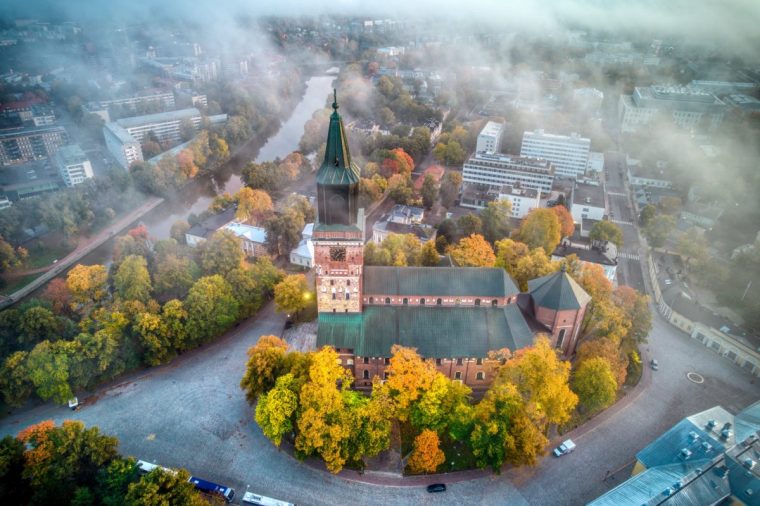 Turku Cathedral is one of the city’s most recognisable symbols (Photo: Getty)
Turku Cathedral is one of the city’s most recognisable symbols (Photo: Getty)
With clean carriages, reliable connections and comfortable seats, Nordic trains are among the best you’ll find. My wintry journey began from the seaside Turku, Finland’s former medieval capital, with a Viking Line ferry across the Baltic to Stockholm – a mini-cruise complete with icy views, a smörgåsbord lunch and a spa. From there, I hopped on a train west to Gothenburg for a couple of nights before pausing in Malmö and continuing my journey across the 16-kilometre Øresund Bridge into Copenhagen.
It was a slow journey to the cool heart of Scandinavia and the sheer ease of this trip – plus the bonus ferry and the fabulous opportunities for fika (coffee and pastries) – make it one of Europe’s most effortlessly enjoyable rail routes.
Sofia-Istanbul night train 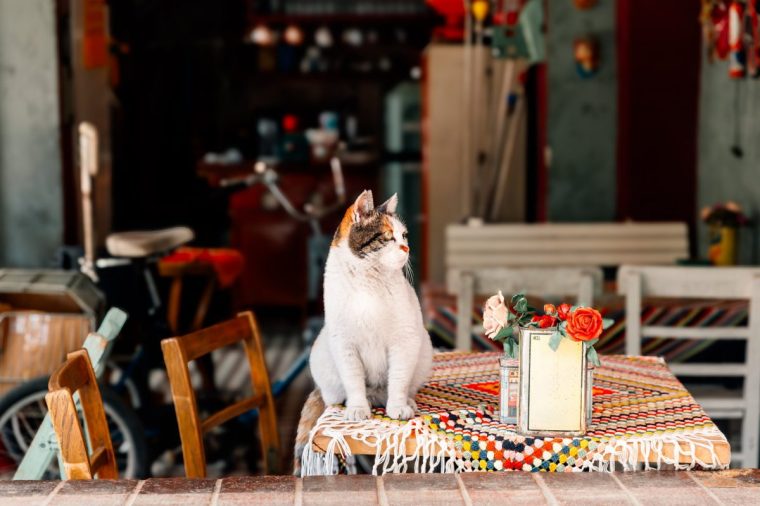 Allow time to linger at the cafes of Istanbul (Photo: Getty)
Allow time to linger at the cafes of Istanbul (Photo: Getty)
The Sofia–Istanbul Express is a daily sleeper train with old-school charm, offering an adventurous way to cross borders overnight. It departs Sofia, the Bulgarian capital, at 6.45pm and arrives in Istanbul’s Halkalı station around 9.56am. The train has couchettes and sleeper compartments with bedding, a sink and even a fridge. Snacks and drinks are provided by an attendant, and you can top up your supplies during the border stop. Tickets are sold at Sofia’s international ticket window. When I arrived in Istanbul, I wandered to a café and began my morning with a strong Turkish coffee – a perfect welcome to a new city.
Easy city-bagging in the Netherlands 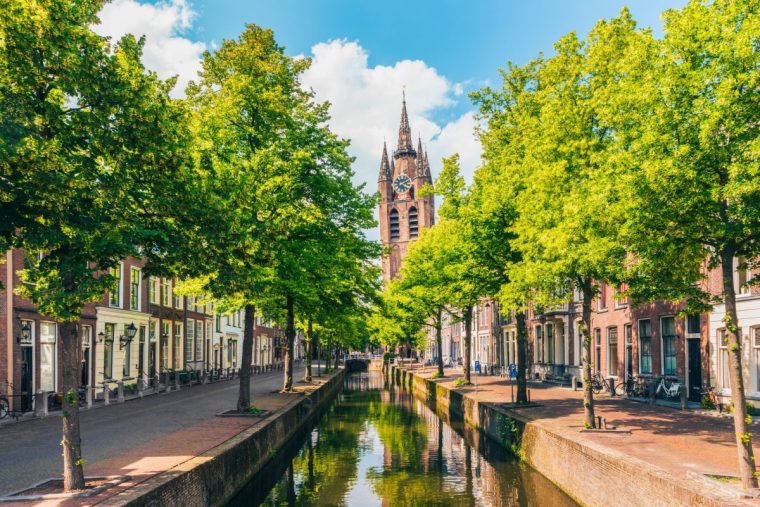 Delft is among the delightful Dutch cities to visit by rail (Photo: Getty)
Delft is among the delightful Dutch cities to visit by rail (Photo: Getty)
On two of my three rail adventures across Europe, I made a point of stopping in the Netherlands to catch up with friends – and to revel in one of the best European countries for short-hop train travel. Charming cities like Utrecht and Delft, and trendier hubs like Amsterdam and Rotterdam, are all linked by fast, frequent trains. Most journeys take under an hour, meaning you can breakfast canalside, lunch at a cutting-edge food market, and be sipping beer in a medieval square by evening. Efficient, pretty and delightfully compact.
Montenegro Express from Belgrade to Bar
With 254 tunnels and 435 bridges spanning nearly 500km of track, the Montenegro Express travels from the Serbian capital, Belgrade, via mountainous karst landscapes to Montenegro’s Adriatic seashore. The journey takes around 11 hours and is charmingly unpolished: expect graffiti-covered carriages and six-berth compartments with a retro feel. I recommend taking the night train from Belgrade to Bar (tickets are sold at the stations); this way, you can wake up to a pastel-coloured sunrise over the Montenegrin mountains just before reaching the glittering Adriatic.
